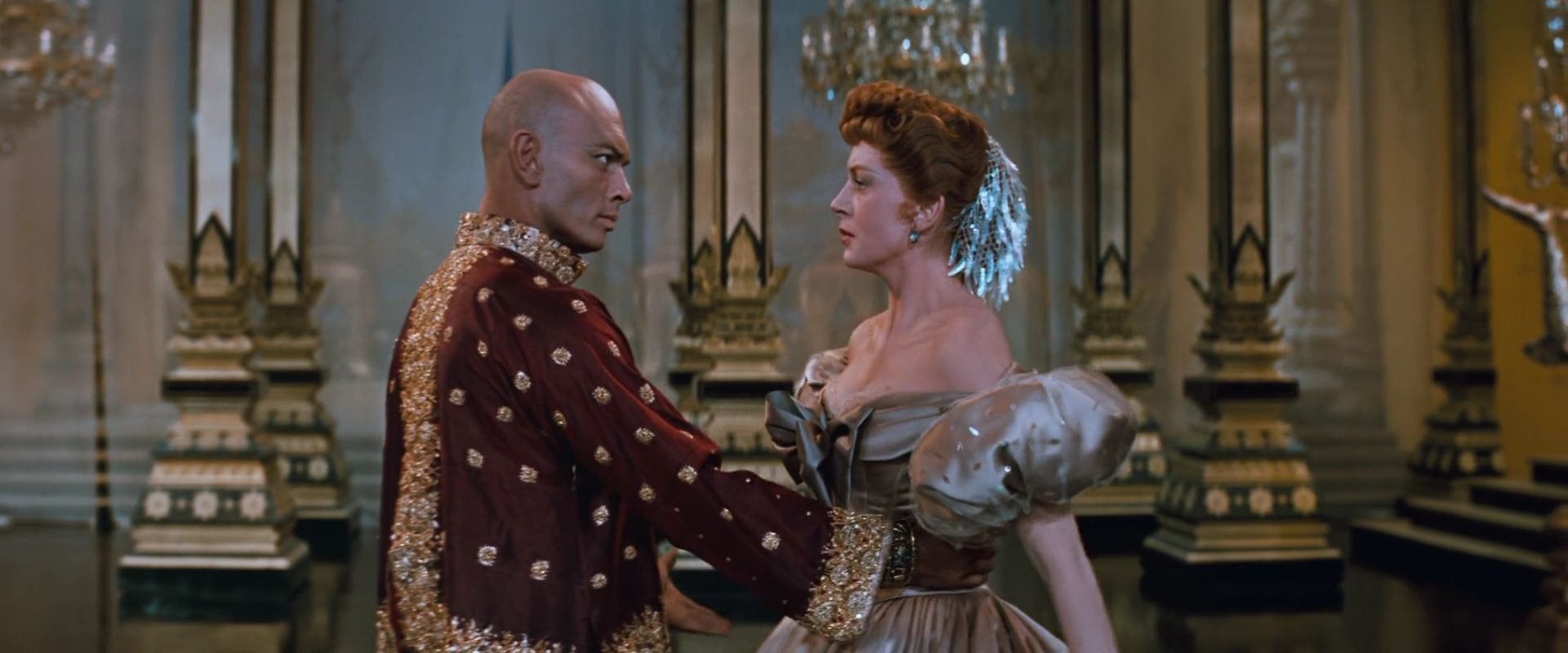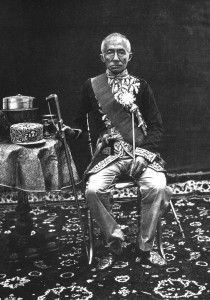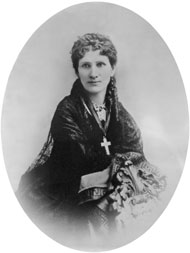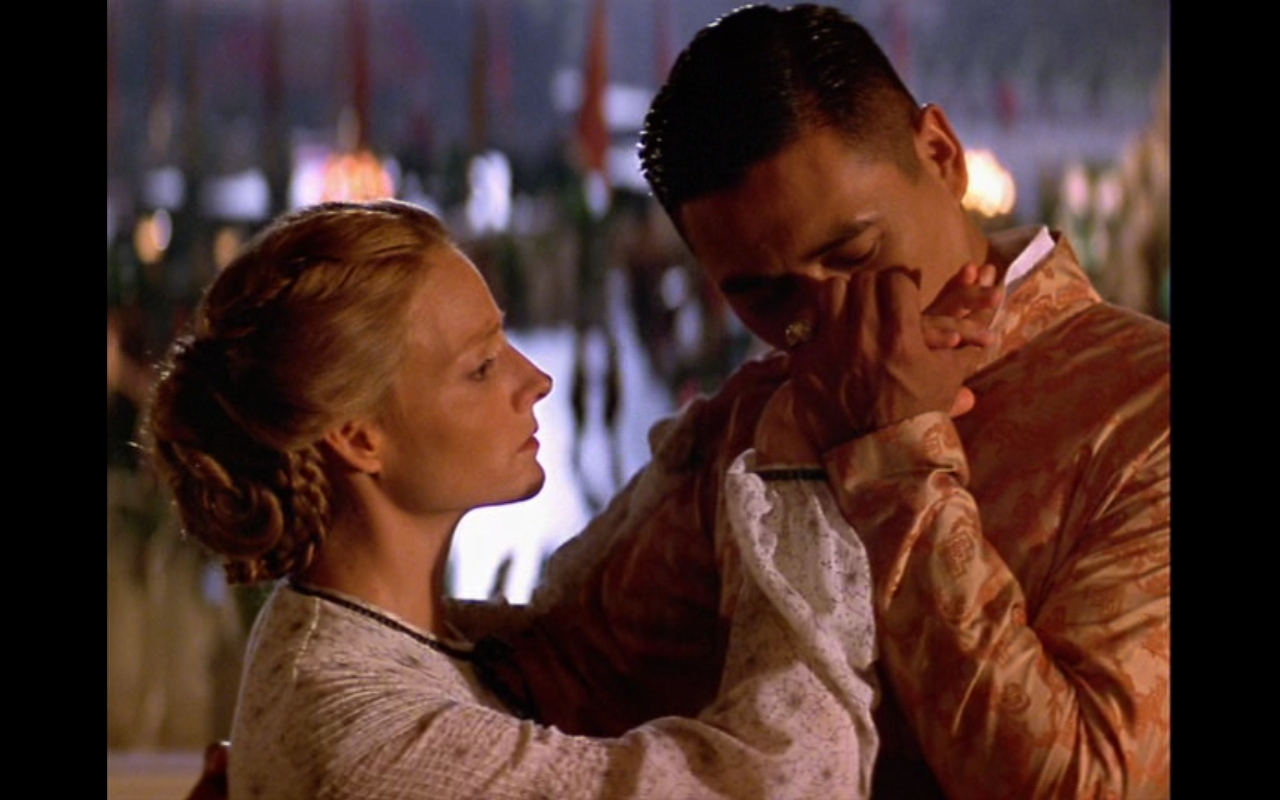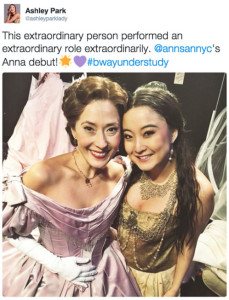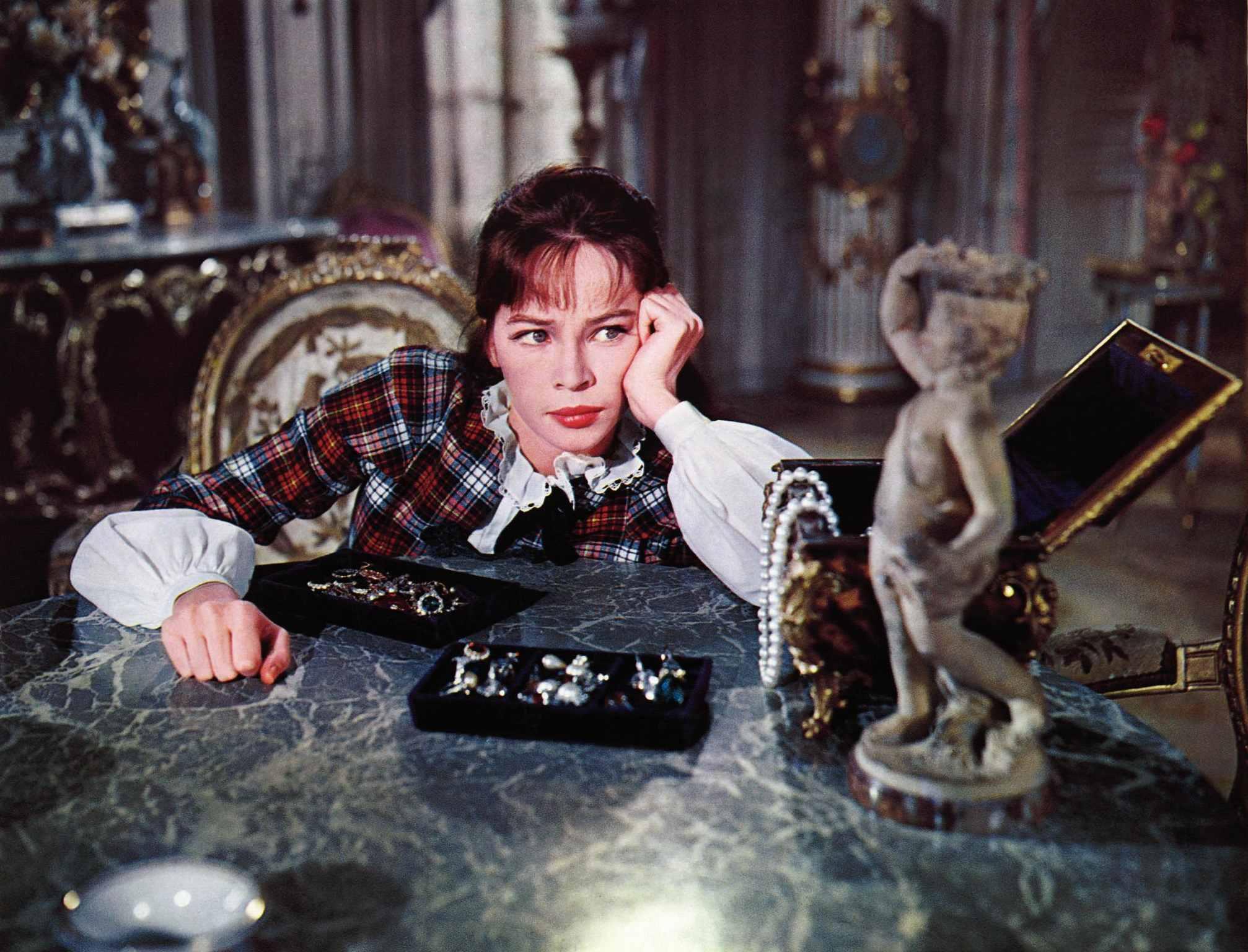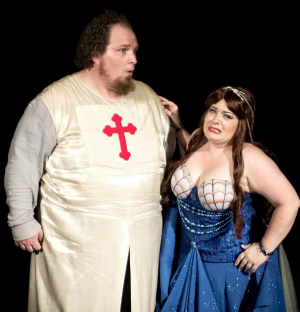Written by Jackson Adler as part of our theme week on Interracial Relationships.
“Is the King and I racist, and is it time it was put to rest?” [sic] asks Dee Jefferson of The Sydney Morning Herald. While his article is inconclusive, I strongly believe that the Rodgers and Hammerstein musical as it exists now, and other Western media telling the same story, should be “put to rest.” The way that the story of Anna Leonowens teaching at the court of King Mongkut of Siam (now Thailand) in the mid 19th century is told in the West needs to be completely redone if it is to be told, because the way it is presented is both inaccurate and harmful. There is a reason The King and I (staged on Broadway in 1951 and adapted for film in 1956) and many other adaptations of the same story such as Anna and the King of Siam (1946) and Anna and the King (1999) either are or were banned in Thailand – because they are extremely insensitive to Thailand’s history and culture, and promote colonialist and “white savior” attitudes.
To say that The King and I and related media is racist is missing the point. This is because racism is a product of colonialism, often being an afterthought justification for stealing and controlling another peoples’ wealth, labor, and resources, or as a propagandist rallying cry to begin the colonization of another people and their land. Anna Leonowens is painted as the “white savior” in these adaptations, and shown inaccurately as the main influence behind the reforms implemented by Mongkut and his son Chulalongkorn.
Though Mongkut and Leonowens did respect one another and worked closely, a romance between them does not seem to have existed, and the invention of it in the media is a tool to better depict Leonowens “civilizing” Mongkut to the extent that he might be a “gentleman” and a romantic interest – albeit in a bittersweet “it would never work” way. Interracial relationships (however problematically written) are themes in Rodgers and Hammerstein’s work, such as in South Pacific, as interracial marriage was a hot button issue at their time, not nationally legalized until 1967. Under the guise of being “progressive,” these works actually do an incredible amount of harm.
Mongkut hired Leonowens (who was ethnically English and East Indian, but claimed to be Welsh) to teach his children “English language, science, and literature, and not for the conversion to Christianity.” He himself already knew English (and Latin) and was well versed in Western culture. The image of Mongkut in the media is a stereotypical “barbarian” and “foolish” despot, despite the efforts of talented actors such as Chow Yun-Fat and Ken Watanabe to show a complex and thoughtful human being and leader. Women’s rights were improved under his reign. For example, unlike the story of Tuptim in the musical suggests, he outlawed forced marriages and released a large number of concubines to marry whom they chose. He respected the minds and wishes of his wives. When they met, Mongkut and his family treated Leonowens with kindness and respect, while she was often rude, condescending, or sarcastic to them. She strongly believed herself superior to the Thai people due to her being (part) English and a Christian, even telling members of the royal family to their faces, “I am not like you.”
The myth of she and Mongkut emotionally having a romance is quickly debunked due to various instances and examples of her enacting and making plain her biases and self-righteousness. One such instance was when she was asked by some female members of the royal family which prince she would find more desirable to marry were she to choose. She replied, according to her first autobiography, that they “are pagans” (Buddhist) and as such, “An English, that is a Christian, woman” such as herself “would rather be put to the torture, chained and dungeoned for life, or suffer a death the slowest and most painful you Siamese know, than be the wife of either” [sic]. The words “you Siamese” naturally show her condescending tone and attitude towards Thai people, insulting their intelligence and knowledge of the world.
Aspects of Leonowens’ autobiographies have proved to be exaggerated or fabricated, and seem to have been made to make herself look better and Mongkut look cruel. Various members of the Thai royal family, from Chulalongkorn himself to more to the present, have spoken out against both the inaccuracies in Leonowens’ works as well all media representations. One example of this is the alleged execution of Tuptim, featured in many adaptations (though she is whipped in the musical). Much of Tuptim’s story was fabricated, and she in fact was not executed, but became one of the wives of Chulalongkorn. Indeed, according to Mongkut did not believe in executions, considering them not in line with Buddhism.
However, Western adaptations have been more than ready to depict the Thai as “barbarians” or as “foolish” and Anna as the epitome of Western graciousness and, indeed, womanhood. Adding romantic interest to the story, showing Mongkut as exceedingly admiring of Anna and portraying her influence in the court as more than it was, paints Western values and morals as superior to others, justifying colonialism by making it seem as though Eastern countries “need” the West. Of course, Anna and Mongkut never kiss and hardly ever physically show their romantic interest, as to do so would “corrupt” Anna, the white woman, and put someone “lesser than” above her due to gender norms.
The fictionalized versions of this story are not only problematic in how they are written, but also problematic in terms of casting. As of 2014, white men are still being cast as King Mongkut, showing little has changed since Rex Harrison played the role in 1946. When an Asian man is cast, even in film adaptations, it is an actor who is not Thai, playing into the Western myth that all Asians and Asian cultures are the same. Except for Korean-American actress Anna Sanders, who played Anna on Broadway for a total of three performances in two days, the role of Leonowens has exclusively been played by white women, and often portrayed as blonde or redhead, despite the historical figure being part East Indian and having dark hair. This whitewashing is ridiculous, and shows how little white Westerners have changed in their self-righteousness and feelings of entitlement toward other lands and cultures.
All in all, the story of Anna Leonowens teaching at the Siamese court, as it has been told by Western media, remain colonialist and otherwise harmful. Even if Leonowens and Mongkut had a particularly deep and romantic relationship, which they did not, Leonowens’ white savior attitudes and Mongkut’s (historically inaccurate) verbal and physical violence would make that relationship a terribly abusive and volatile one. This would not be the kind of relationship to be valued, making even the most redeeming qualities of these adaptions problematic at best. I am not advocating that Leonowens’ and Mongkut’s stories be silenced and untold, but instead that they be told with honesty. This was a king actively working to keep his country free from colonialism, and this was a woman whose colonialist attitudes — which kept her from interacting well with those who treated her with respect — were probably due to internalized racist biases and fears regarding her East Indian heritage (a heritage she worked hard to hide). This is in fact a story that needs to be told, and hopefully many more (and more accurate) adaptations will be made in the future.
Jackson Adler is a transguy with a BA in Theatre, a Bitch Flicks staff writer, and is a writer, activist, director, teacher, dramaturge, cartoon lover, vegan boba drinker, and proud Gryffindor. His day job is at a theatre (live, not movie), and he uses a pen name as a precaution, since he’d rather not risk getting fired. He is white and middle class, and has to remember his privileges. He is also aromantic bi/pansexual, and has an Auditory Processing Disorder and a Weak Working Memory (which does not excuse when he forgets that he has lots of privileges). You can follow him on twitter at @JacksonAdler, and see more of his writing on representation and discrimination in the media at the blog The Windowsill.
